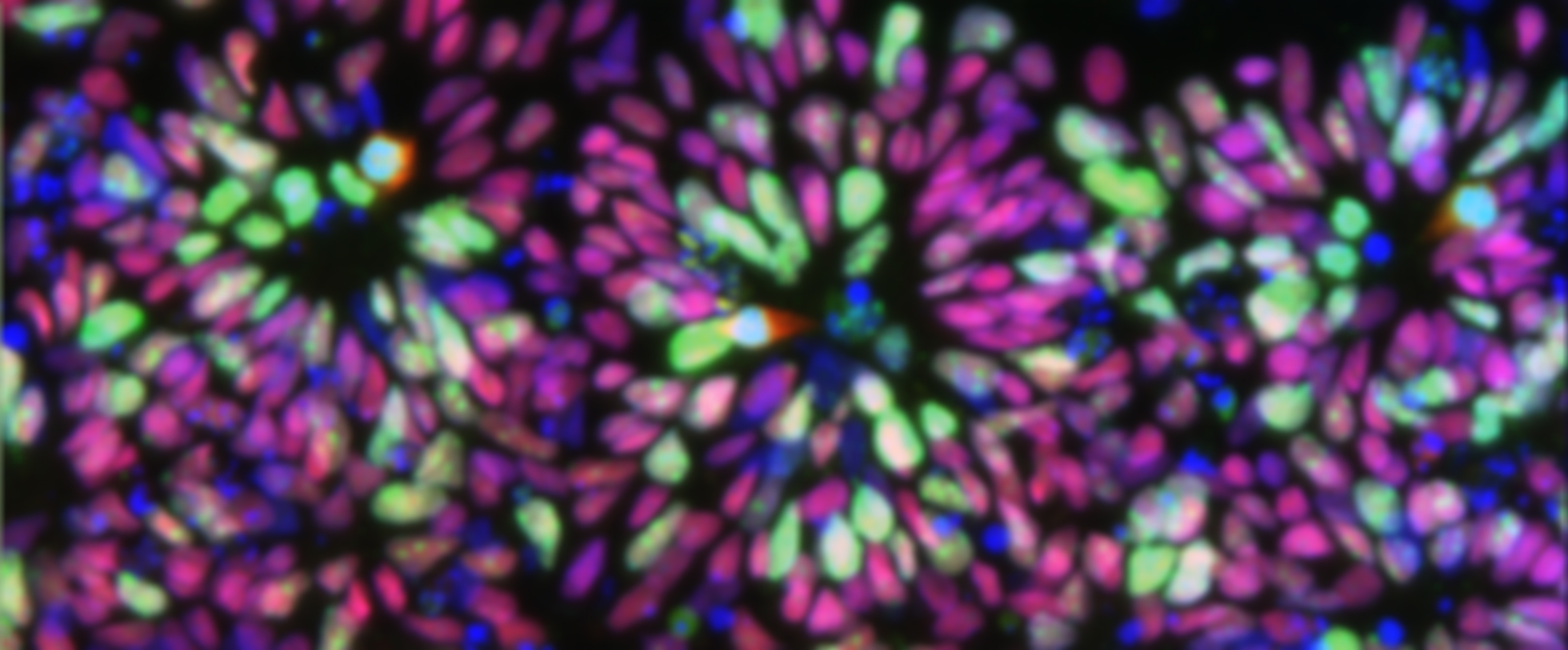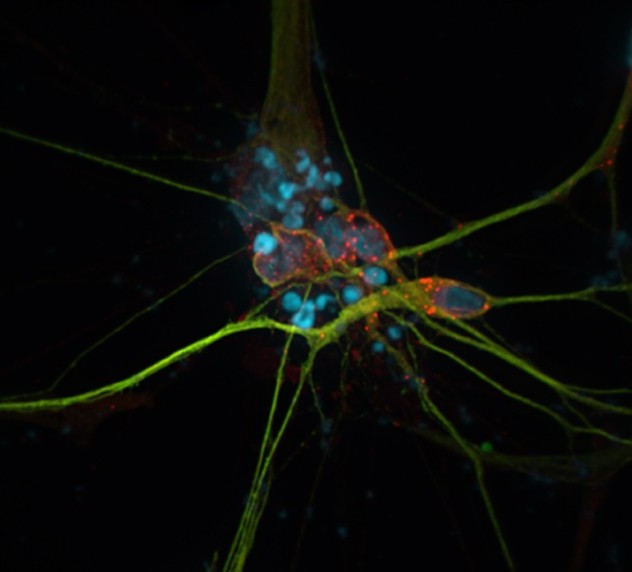Post-transcriptional gene regulation
Post-transcriptional gene regulation
A new direction for our research concerns post-transcriptional regulation in stem cell and neurons. We contributed to Ben Blencowe’s lab discovery that knockdown of the MBNL splicing family promotes reprogramming. In addition, many genes important for neuron function are highly transcribed in ES and iPS cells, but the mRNA is not efficiently translated into protein until neurons are made. We first investigated post-transcriptional pathways that regulate the MECP2 transcript and protein accumulation with an emphasis on RNA binding proteins that recognize elements in the 3’UTR. Together with the Blencowe lab, we are examining genome-wide regulation of transcript stability and ribosome engagement. We are also initiating studies of activity-dependent translation in control and ASD neurons. These RNA biology projects are funded by CIHR, MbD, SFARI and the POND network, and were initiated with funds from OIRM and IRSF.


